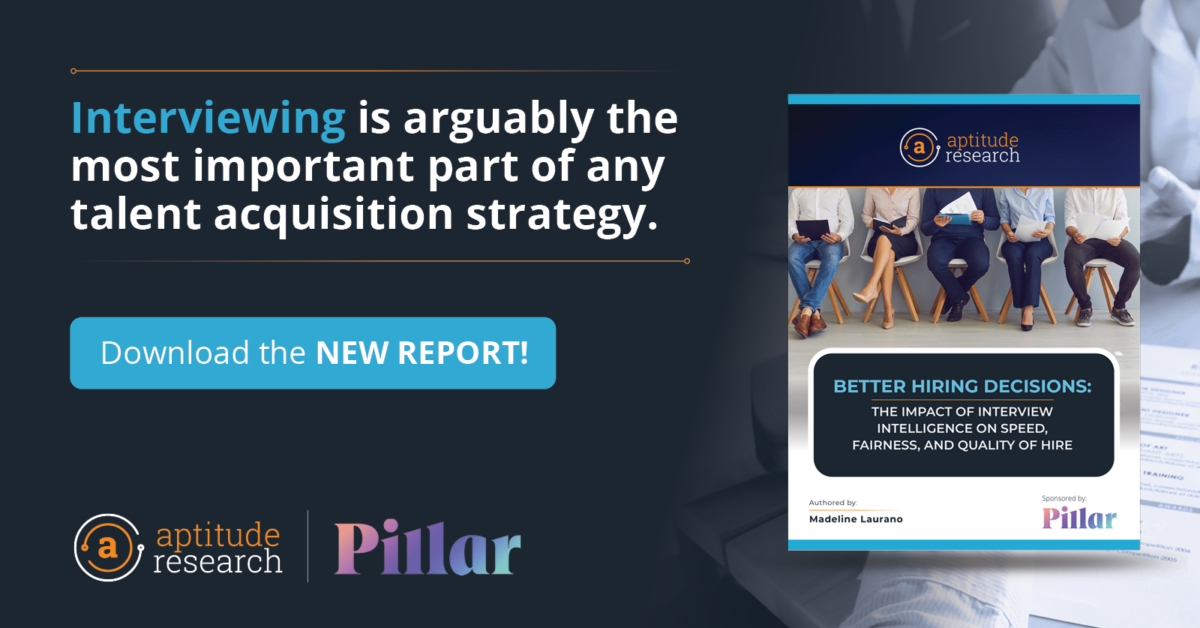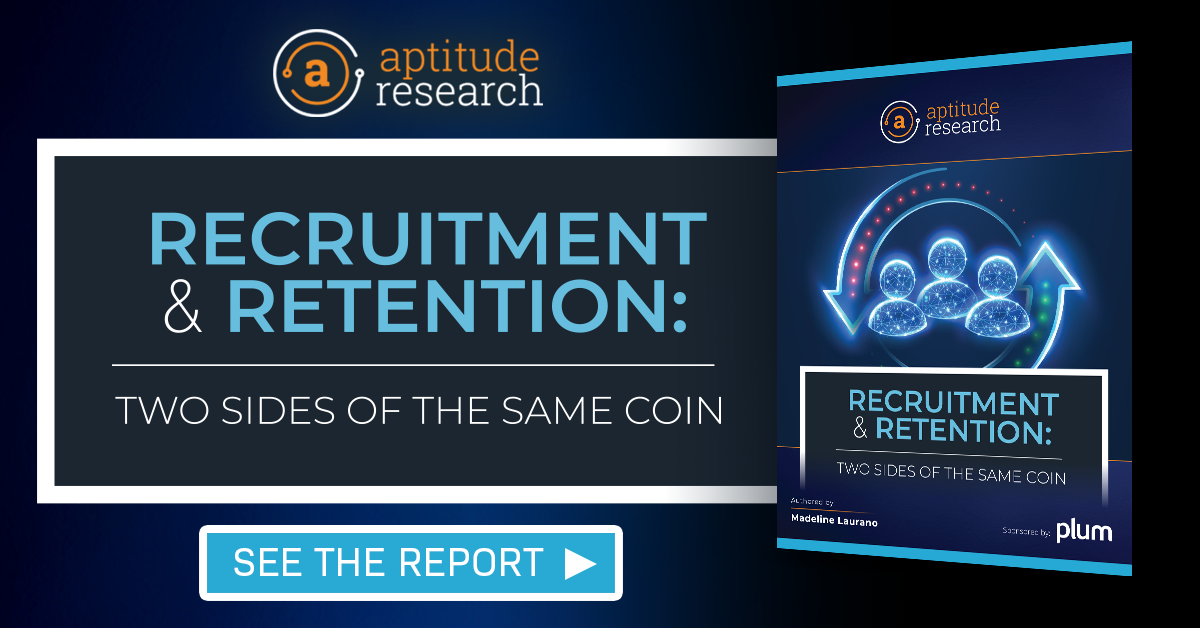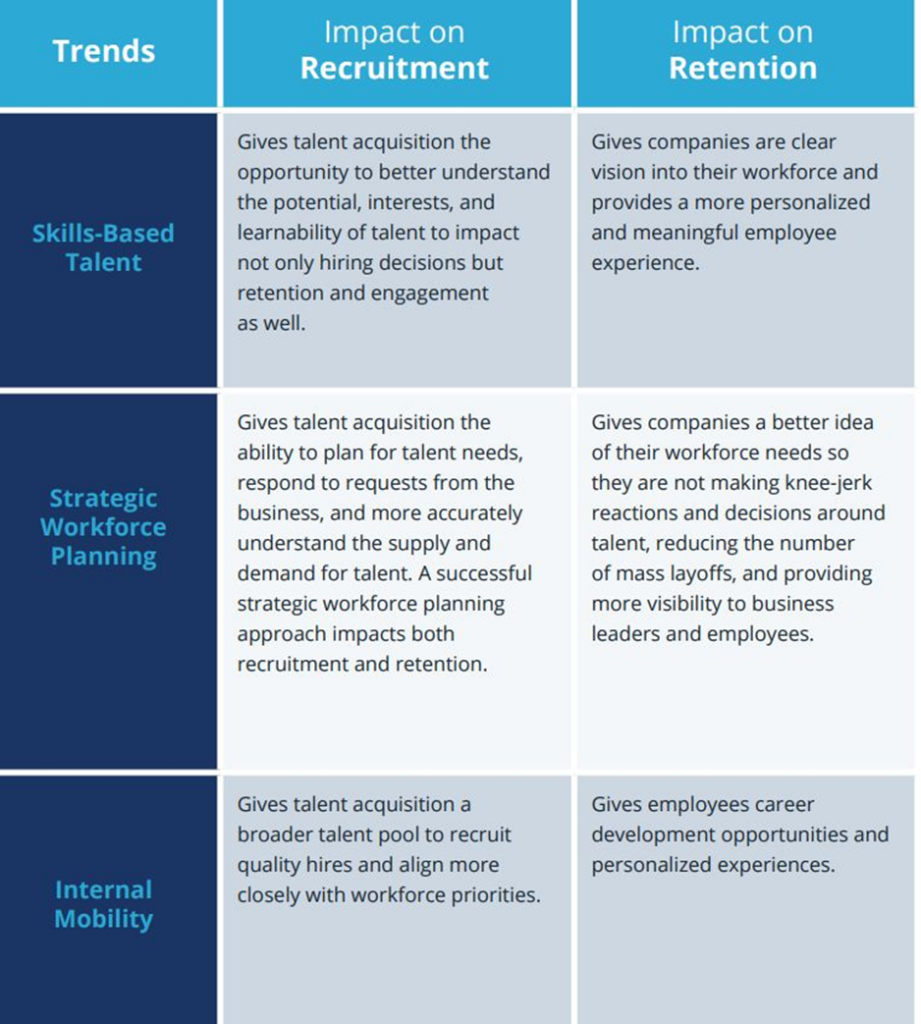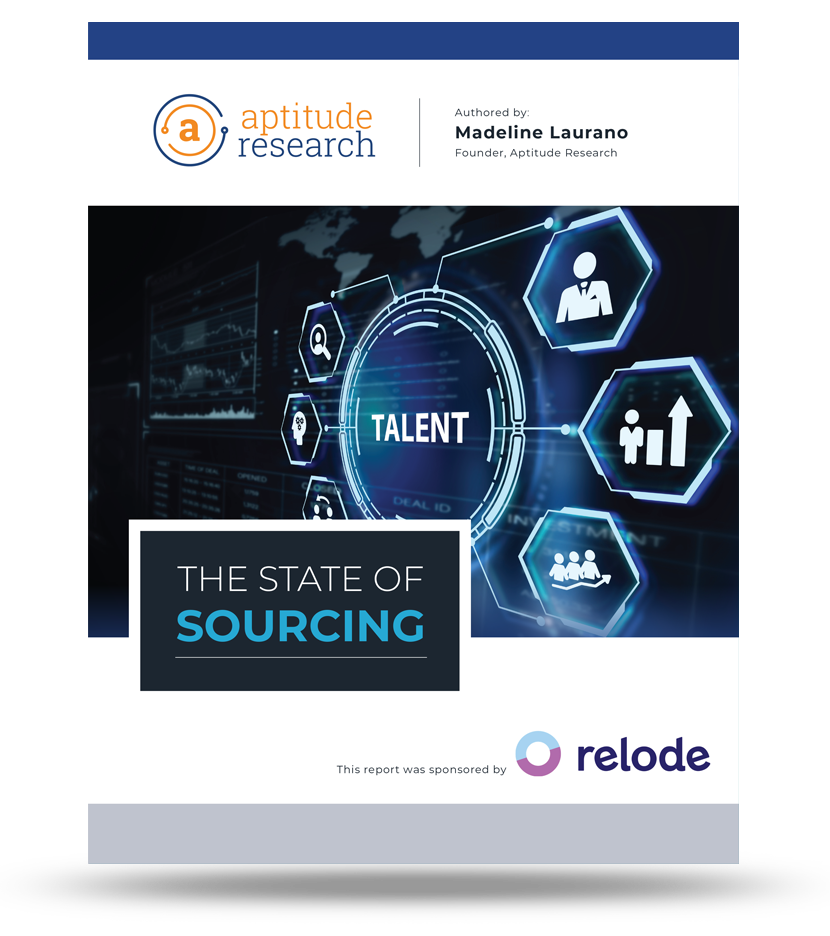Chipotle’s recent adoption of Paradox’s AI-powered hiring platform is more than an HRTech investment—it’s a strategic shift in how the quick-service restaurant (QSR) sector approaches hiring, employee engagement, and business growth. As companies like Chipotle evolve with smarter recruitment technology, they’re setting a new standard for efficiency and impact in high-volume hiring. Here are some of the standout lessons from Chipotle’s journey with Paradox and what it means for the future of talent acquisition.
1. High-Volume Hiring Has Better Options: Traditional ATS systems have not been able to support high-volume hiring needs in a way that provides a positive experience to hourly workers. Today, there are better options, and we found that 1 in 3 high-volume companies are looking to replace their ATS. They want more personalization, consistency and an overall faster process that only comes from automation.
2. Change Management Done Right: Managers Want to Adopt It Now
In an industry where rapid adoption can be challenging, Chipotle’s rollout of Paradox has been a change management success story. Managers have embraced the platform enthusiastically, even requesting to start using it immediately. This high level of buy-in is essential, as frontline managers are integral to hiring success. The swift adoption mirrors what McDonald’s experienced in its own shift to Paradox, underscoring that when the value is clear, buy-in follows.
3. A Catalyst for Business Transformation Beyond HR
While Chipotle’s adoption of Paradox is making waves in HR, it’s also part of a larger, company-wide transformation. This effort is not just about hiring efficiencies; it’s part of a broader business initiative that includes improving the customer experience, driving revenue, and expanding the brand’s reach. Finance, HR, and communications teams have all collaborated to bring about this shift, illustrating the power of cross-functional partnerships. Chipotle’s commitment to advanced technology reflects a holistic strategy where recruitment innovation goes hand-in-hand with brand growth and financial performance.
4. Automating for Efficiency, But Humans Still Drive Final Decisions
One of the key strengths of Paradox’s platform is its ability to automate time-intensive hiring processes, such as application screening and interview scheduling. However, it’s important to note that human decision-makers retain control over final interview and hiring choices. This balance between AI-driven efficiency and human judgment allows Chipotle to streamline its hiring process while preserving the personal touch essential to selecting team members aligned with its culture and values.
5. Achieving a 75% Reduction in Time to Hire: Significant ROI for QSR
Reducing time to hire by 75% isn’t just a noteworthy metric; it’s a game-changer in the QSR world, where speed is vital. This reduction directly translates to cost savings, better staffing coverage, and improved customer service—all critical components for restaurants. With hiring streamlined, Chipotle is able to meet its staffing demands faster, ensuring that locations remain well-staffed and prepared to serve customers during peak times. For QSRs operating on tight margins, the efficiency gains from AI technology represent a strong return on investment.
6. Leading the Industry in Smarter Hiring Technology
Chipotle’s adoption of Paradox underscores a significant industry trend Aptitude Research has identified: one in three high-volume companies is considering replacing their traditional ATS, and 62% of hourly workers report never receiving a call back after applying for jobs. Chipotle’s approach tackles both issues head-on, allowing the company to engage with candidates promptly and create a positive, responsive hiring experience. This strategy not only helps attract talent but also serves as a powerful statement to the industry about the evolving role of technology in QSR hiring.
Chipotle’s integration of Paradox is more than a recruitment strategy—it’s a blueprint for how companies can use technology to drive holistic business success. Chipotle’s example demonstrates that investing in intelligent, automated solutions pays off in higher engagement, faster hires, and meaningful cost savings. With this approach, Chipotle is setting a new standard for QSRs, showing that when technology and strategy align, the results can redefine an entire industry.










